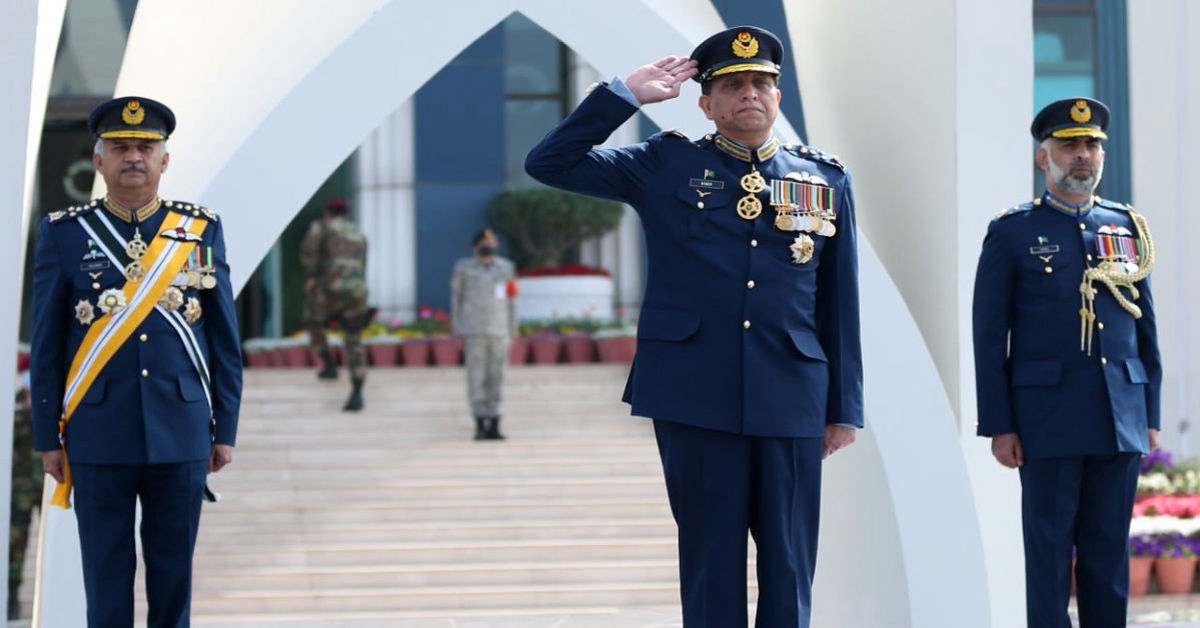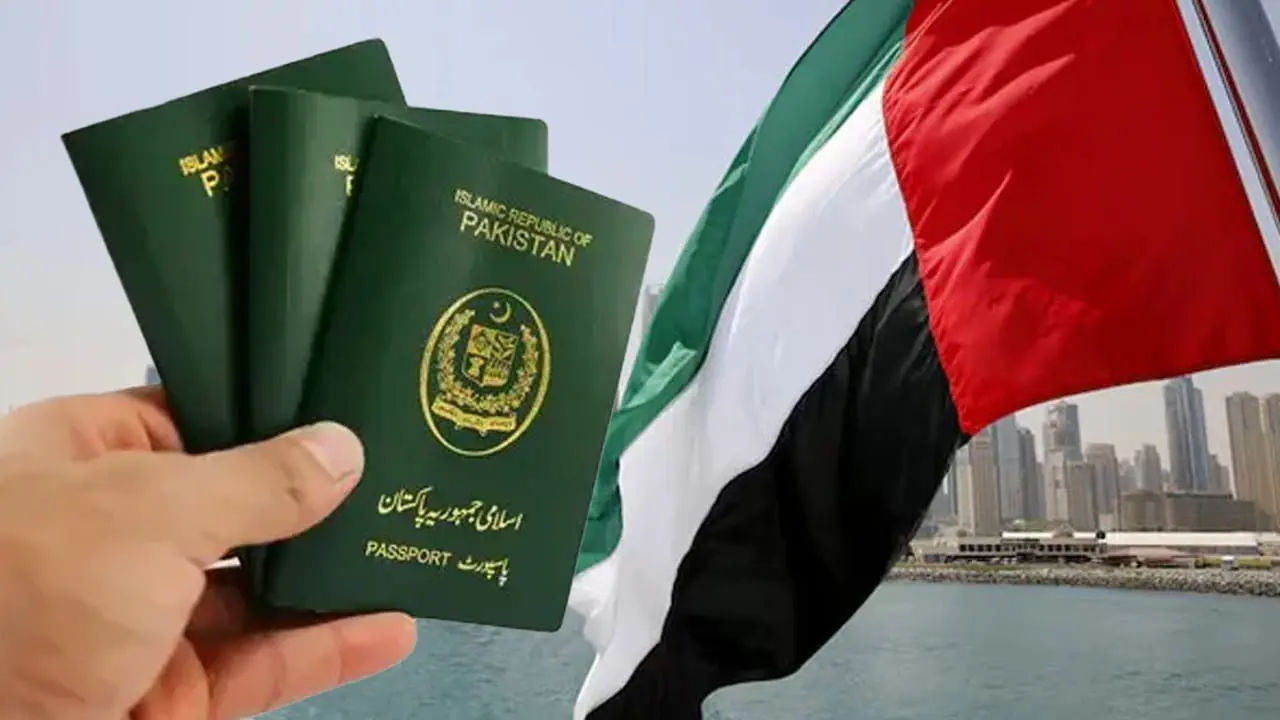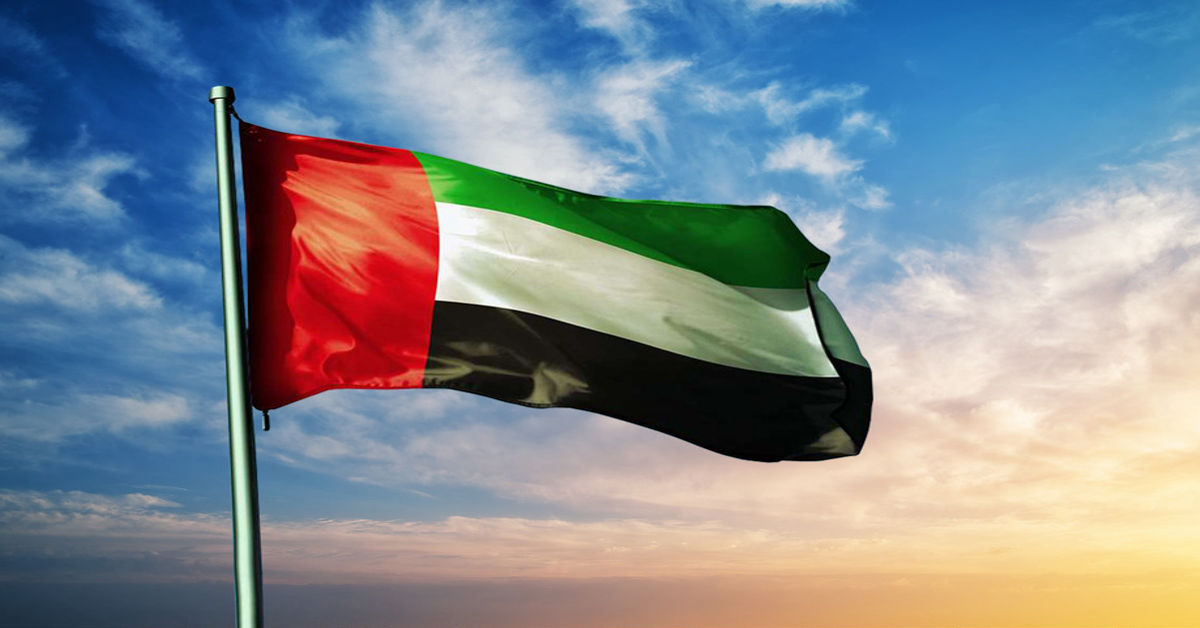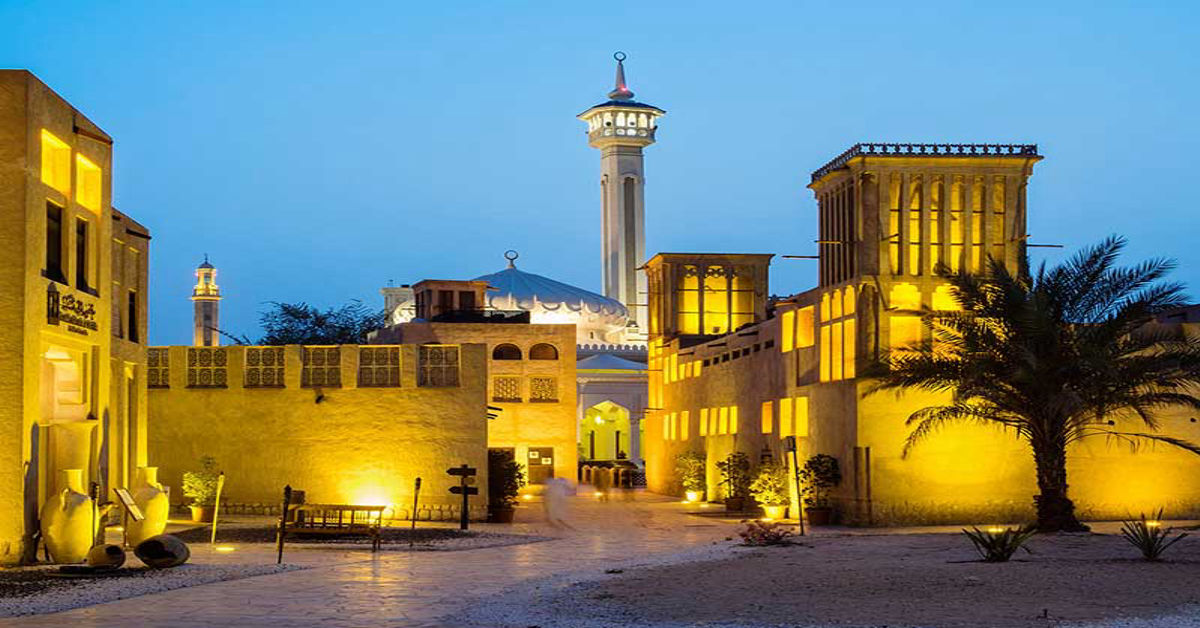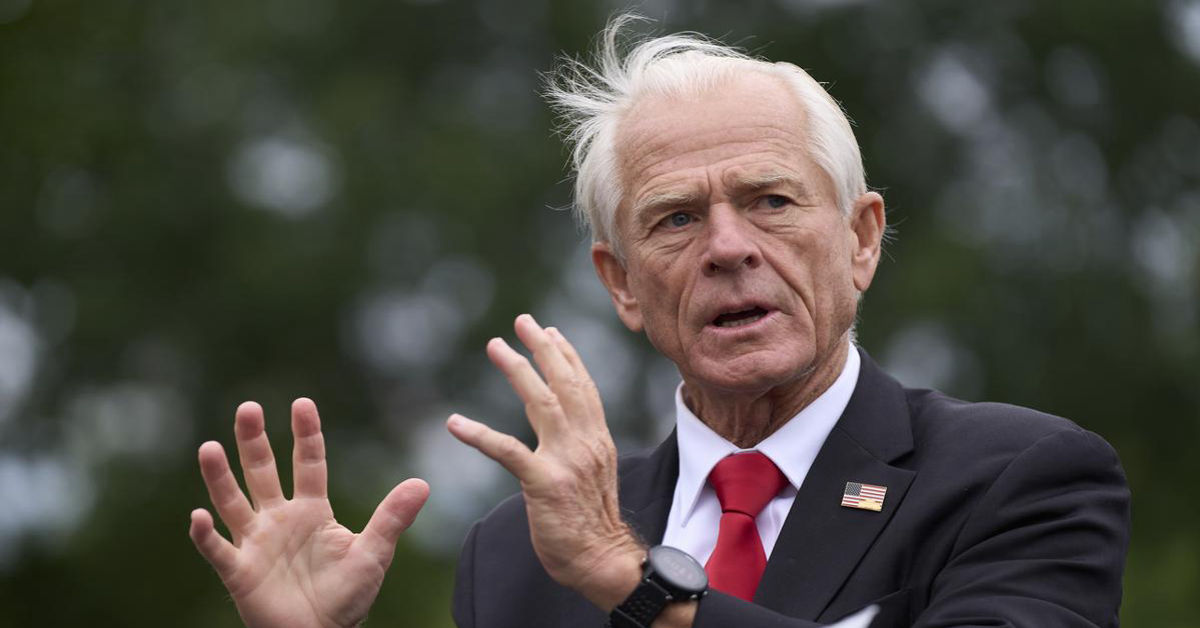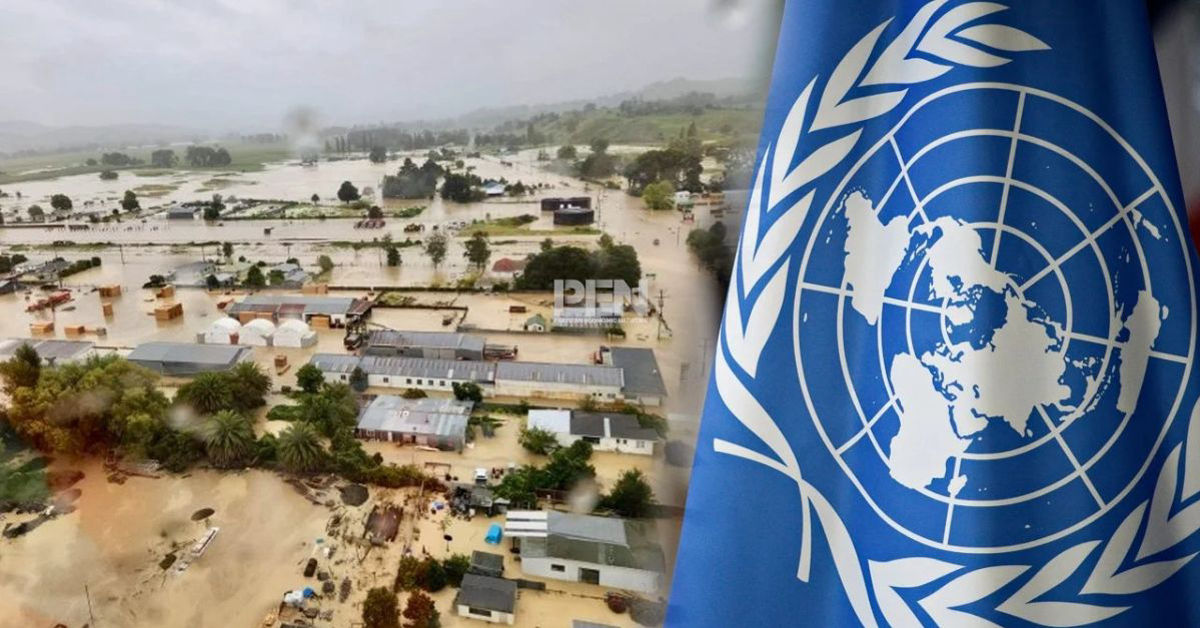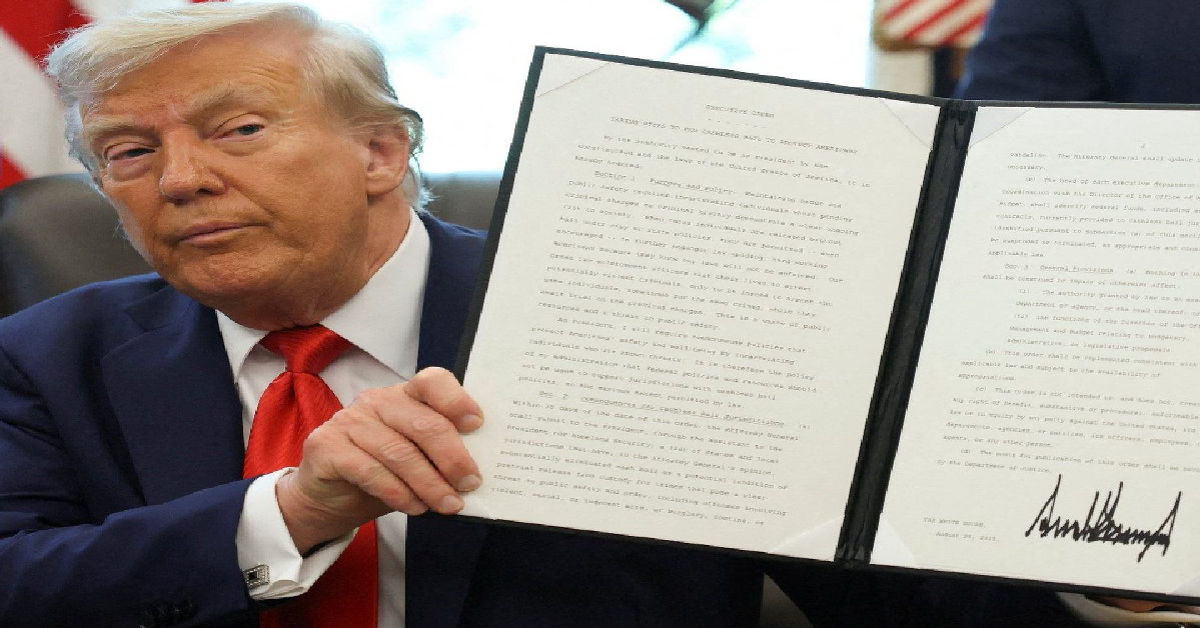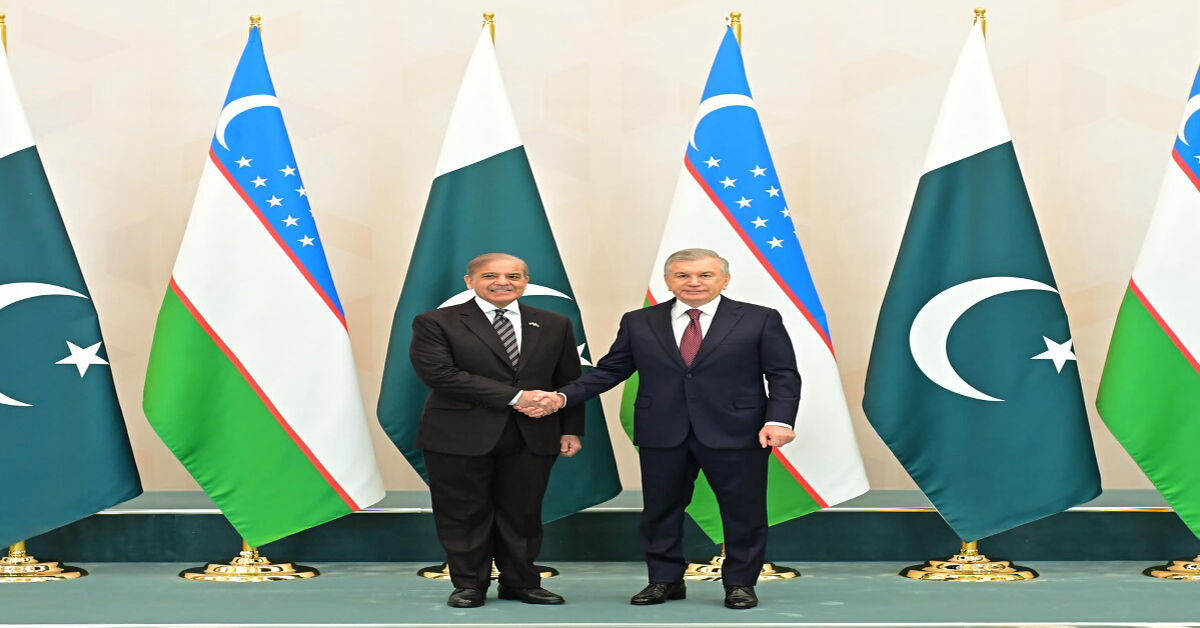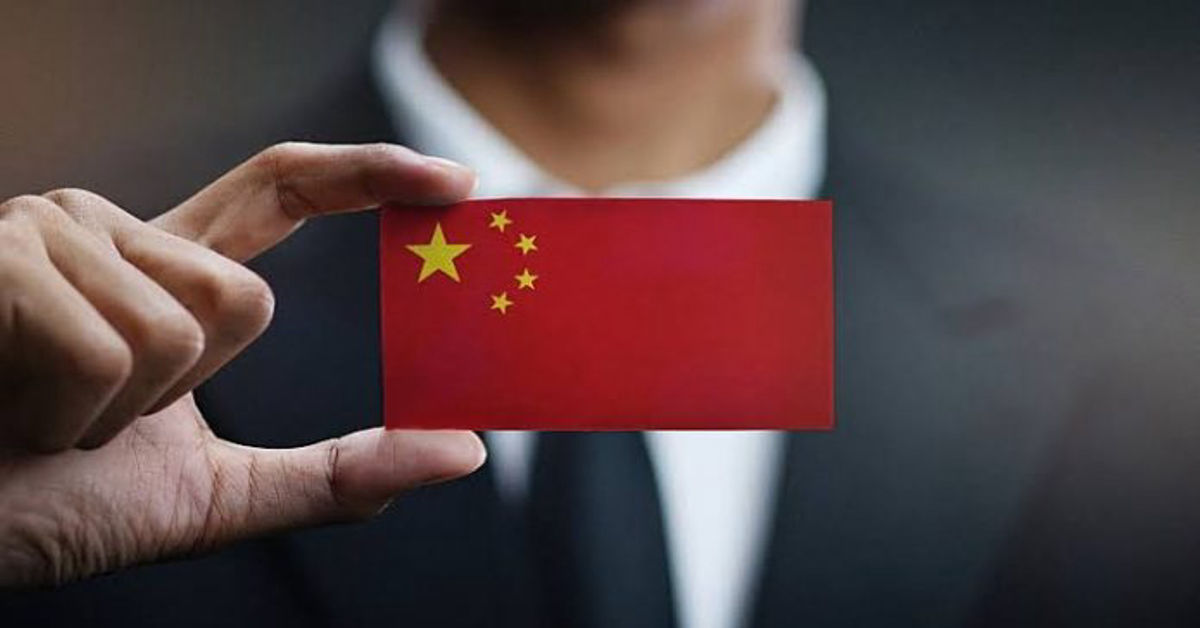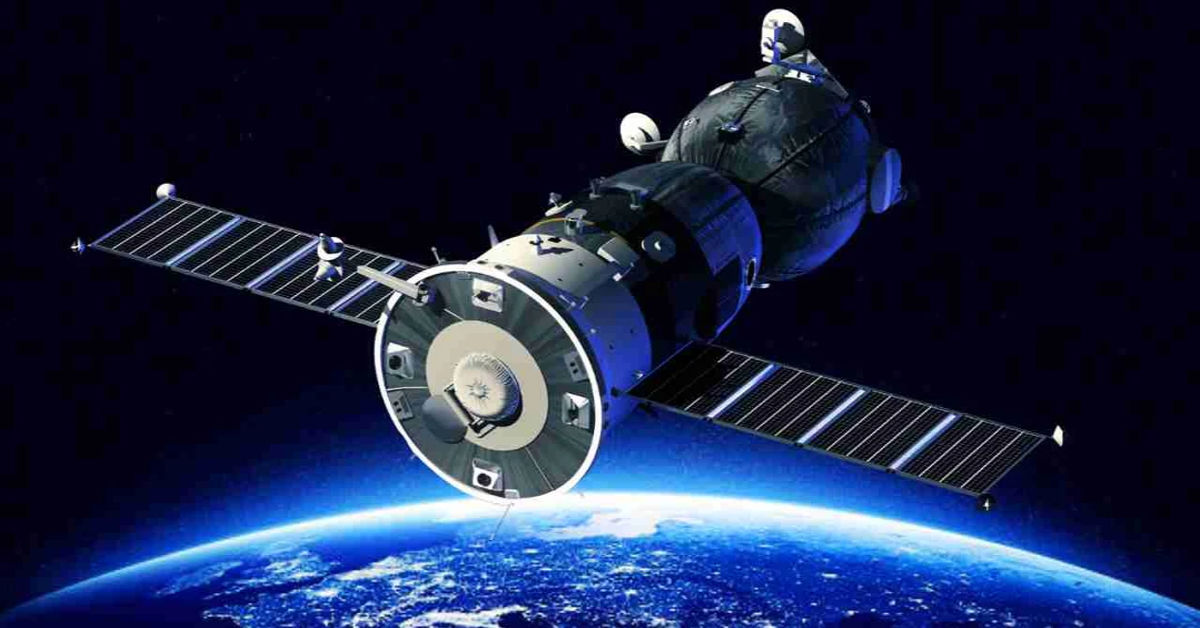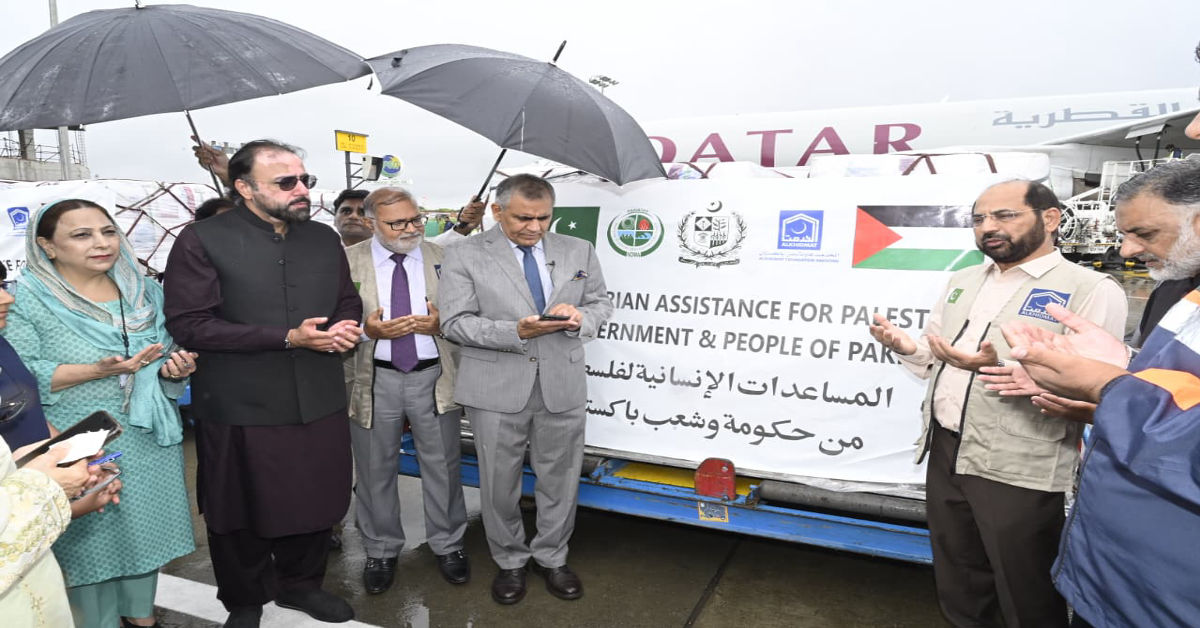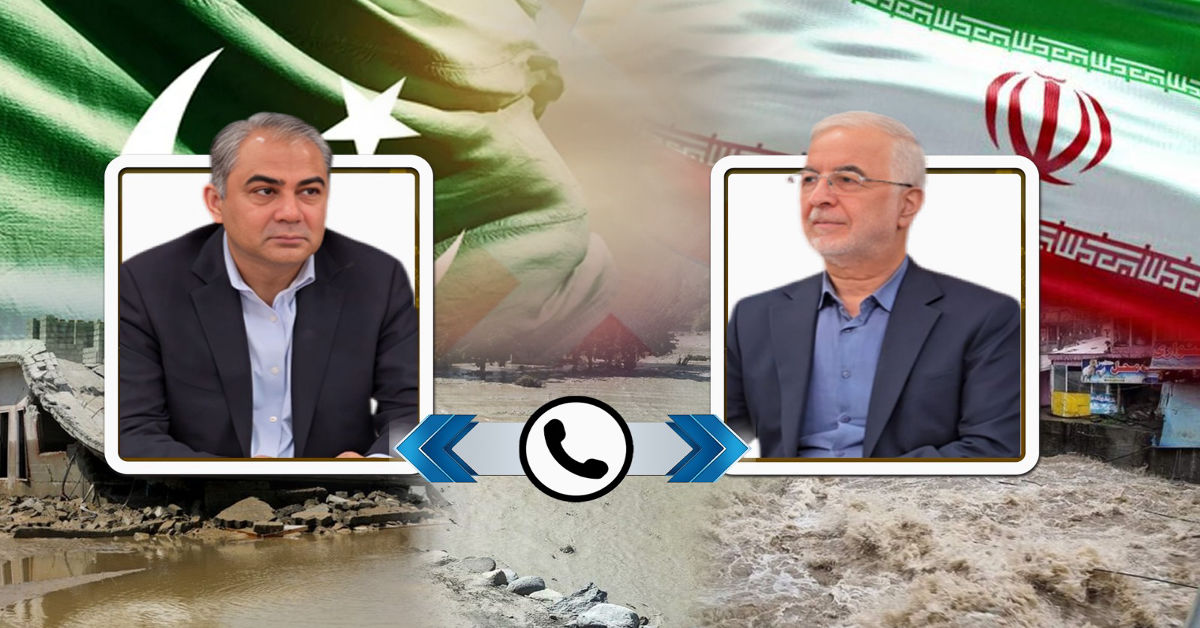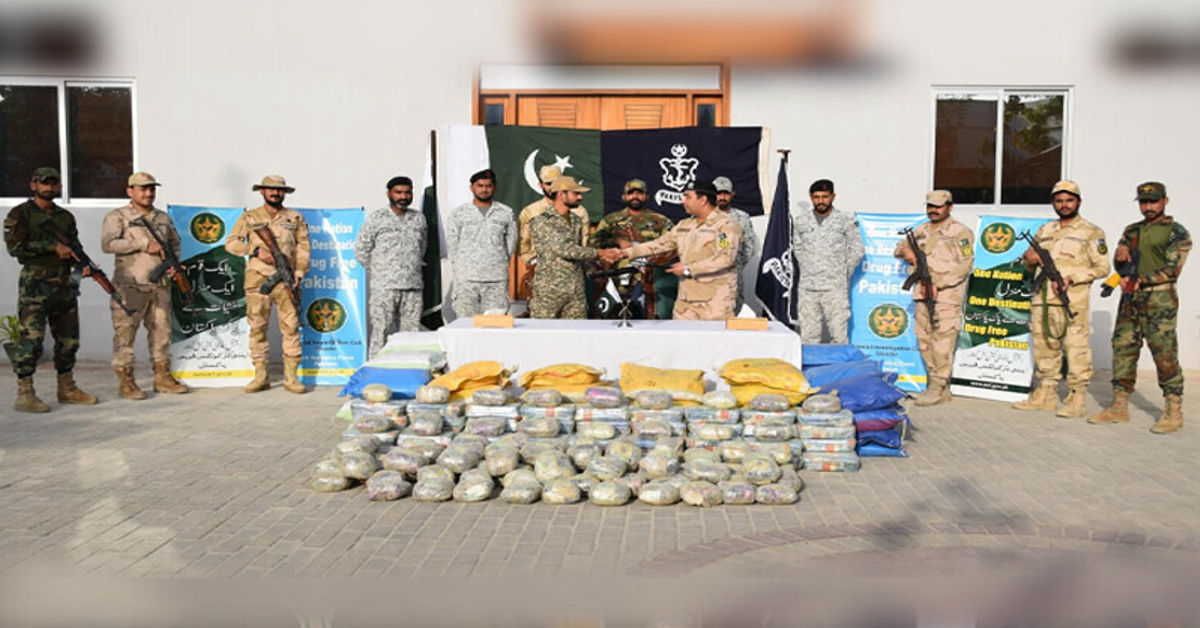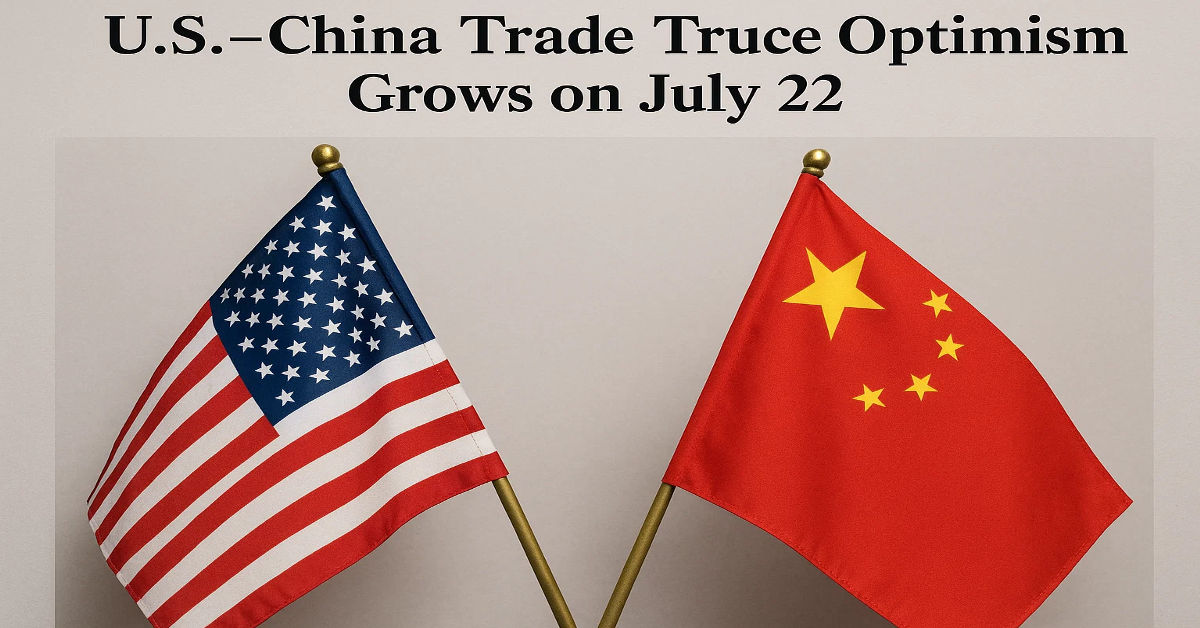
The Pakistan Air Force (PAF) has officially announced a landmark initiative to provide advanced training to the South African Air Force (SAAF), marking a new chapter in international defence cooperation. This strategic move underscores Pakistan’s growing influence in global military training and aerospace capabilities. With decades of combat experience and technological advancements, the PAF has emerged as a respected player in international aviation circles. The decision comes amid increasing South ,South cooperation among developing nations looking to pool expertise and reduce reliance on Western powers. It also reflects the mutual trust between the two nations, who share interests in strengthening their regional and aerial defence mechanisms. The training program is expected to include not only technical skills but also joint exercises and simulator-based education. This alliance is being seen as a positive step towards creating a more multipolar defence environment worldwide.
Historical Background of PAF’s Training Expertise
The Pakistan Air Force is no stranger to providing world-class training to allied forces. Over the years, it has successfully trained pilots and ground staff from countries such as Saudi Arabia, Nigeria, Qatar, and Malaysia. With its established institutions like the PAF Academy Risalpur and the Combat Commanders School, Pakistan has honed a reputation for producing skilled and disciplined air warriors. These institutions use advanced simulation technology, war-gaming systems, and real-time mission drills to prepare personnel for modern aerial warfare. The JF-17 Thunder program, co-developed with China, has further elevated PAF’s prestige as a combat-ready air force capable of technological innovation. PAF’s training modules are also lauded for their adaptability ranging from fighter jet operations to drone and air surveillance systems. Such credibility makes the South African Air Force’s decision to collaborate both logical and beneficial
South Africa’s Growing Aviation Needs
The South African Air Force, one of the most experienced forces on the African continent, has long been recognized for its historical legacy and contributions to peacekeeping in the region. However, recent years have seen challenges related to modernization, pilot shortages, and budget constraints. To address these concerns, the SAAF is actively seeking cost-effective yet high quality training partnerships. Pakistan, offering training at competitive rates with extensive real world combat experience, has emerged as a preferred partner. The SAAF’s goal is not just to train pilots, but to elevate the overall operational readiness of its air fleet. This includes tactical mission planning, dogfighting skills, aircraft maintenance, and avionics operations. The PAF’s training support could help the SAAF maintain strategic deterrence and secure its skies more effectively in a turbulent global climate.
JF-17 Thunder as a Training Tool
One of the highlights of this cooperation could be the inclusion of the JF-17 Thunder aircraft in the training curriculum. Designed jointly by Pakistan and China, the JF-17 has proven its worth in multiple combat scenarios and air shows globally. It is cost-efficient, easy to maintain, and boasts impressive avionics and weapons systems. If the SAAF integrates JF-17-based training, it could also pave the way for future acquisitions of this multi-role combat aircraft. Exposure to JF-17 will provide South African pilots with hands-on experience on modern warfare techniques and radar evasion strategies. The aircraft’s deployment in the training program would also highlight Pakistan’s ability to export not just defence hardware, but a complete operational ecosystem. This offers both nations a mutual opportunity to evaluate, adapt, and co develop future aerial strategies.
Economic and Diplomatic Impacts
Beyond military implications, this collaboration carries significant economic and diplomatic benefits for both countries. For Pakistan, it offers a potential revenue stream and a stronger global footprint in the defence training industry. For South Africa, it means cost savings and access to high quality training that aligns with its defence budget. Diplomatically, it builds trust and opens doors for broader cooperation in sectors like aerospace research, satellite technology, and cybersecurity. This training program could act as a gateway for Pakistan’s defence exports to penetrate African markets. Additionally, it reflects the rising stature of Global South nations in taking charge of their own security training needs. This emerging collaboration could trigger similar bilateral agreements between other countries, leading to a more decentralized global defence architecture.
Training Program Structure and Objectives
Initial reports suggest that the training program will be multi-phased, spanning from classroom instruction and simulators to real-time flying missions. Pilots will undergo a rigorous regime tailored to their specific roles be it interceptor, reconnaissance, or multi-role combat flying. The curriculum is expected to incorporate day-and-night operations, in-flight refuelling practice, and tactical combat exercises. Pakistani instructors are known for their discipline, technical depth, and battle-tested methodologies, which will be integral to the SAAF trainees’ growth. Another vital area of focus will be aircraft maintenance, radar systems training, and command-level leadership development. By the end of the course, South African personnel are expected to be self-sufficient in conducting independent operations, making this program a force multiplier for their air force.
Geo-Strategic Significance
This partnership also carries geo strategic weight. It strengthens Pakistan’s ties with Africa, a continent increasingly seen as the next frontier for economic and military cooperation. By training South African personnel, Pakistan signals its intention to play a broader role in international peacekeeping and regional stability efforts. It also comes at a time when global powers like China, Russia, and the US are vying for influence in Africa, especially through military cooperation. Pakistan’s entry into this arena via soft-power military diplomacy could elevate its international profile. For South Africa, choosing a non-Western partner demonstrates a shift towards diversified global alliances. This partnership reflects a growing confidence in emerging powers and redefines traditional North-South military relationships.
Challenges and Considerations
While the initiative has promising prospects, it is not without challenges. Logistics, language barriers, cultural differences, and operational standards may pose initial hurdles. Integrating Pakistani training methods with South African military doctrines will require patience, customization, and feedback loops. Additionally, any political changes in either country could influence the continuity of this program. Security clearances, visa logistics for military staff, and access to sensitive technologies will also need careful management. Moreover, transparency in financial and operational agreements is crucial to avoid criticism or suspicion from external observers. If both sides manage these aspects wisely, this training program could become a model of successful international military collaboration.
Reactions from the Global Defence Community
The global defence community has taken note of this development with keen interest. Many analysts view it as a smart move by Pakistan to export its military expertise and gain strategic leverage. Western defence commentators, while acknowledging the PAF’s growing competence, are also evaluating the implications for NATO-aligned training monopolies. Meanwhile, African defence watchers believe this will encourage other African nations to explore cost-effective training partnerships with Pakistan and other Asian allies. Regional rivals may keep a close eye on the program’s outcomes to assess any shift in the balance of aerial power in South Africa. Ultimately, this move could inspire greater self-reliance among Global South air forces, pushing them to establish a more balanced and independent military training ecosystem.
Conclusion:
The PAF-SAAF training collaboration marks a pivotal shift in the global defence training landscape. It symbolizes the emergence of a new paradigm where developing nations leverage each other’s strengths to fulfill shared security and strategic goals. With its rich combat experience, cost effective systems, and growing credibility, the Pakistan Air Force stands poised to become a global hub for military training. Meanwhile, South Africa’s willingness to explore new partnerships reflects a pragmatic approach to modernization. Together, they are crafting a model of military cooperation rooted in mutual benefit, trust, and long-term vision. If executed successfully, this program could redefine the way nations think about aerial training, influence, and global defence partnerships in the 21st century.


